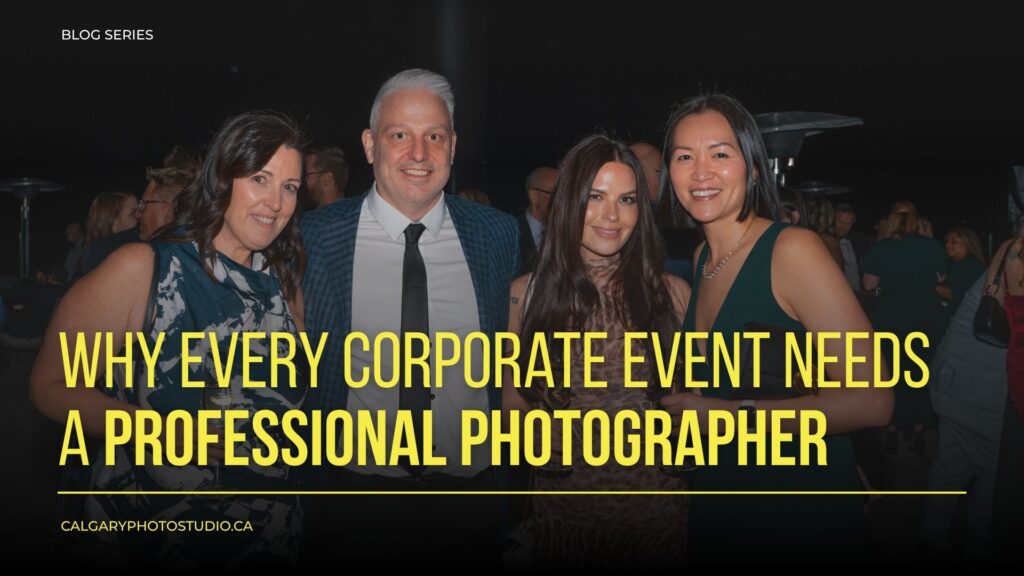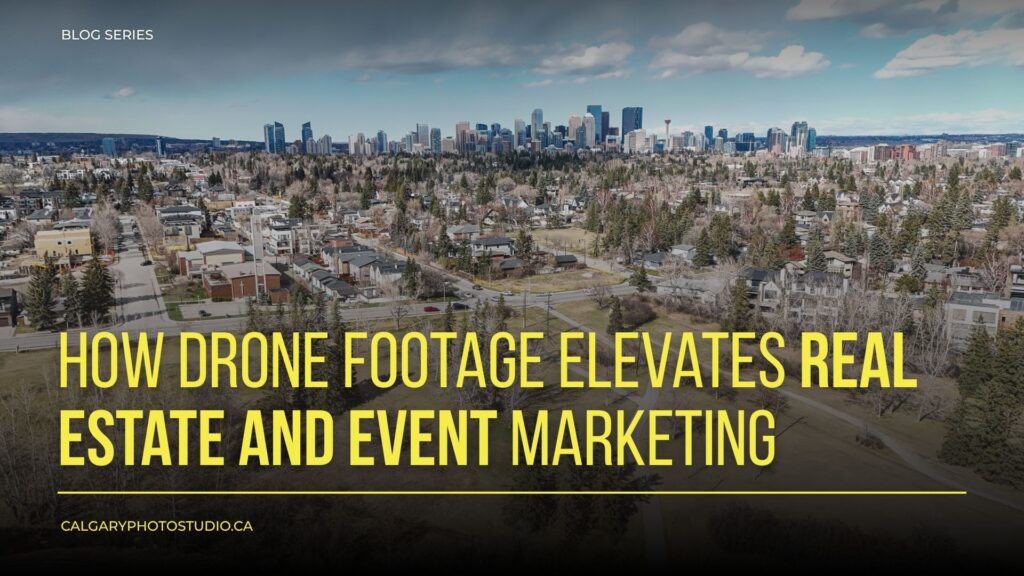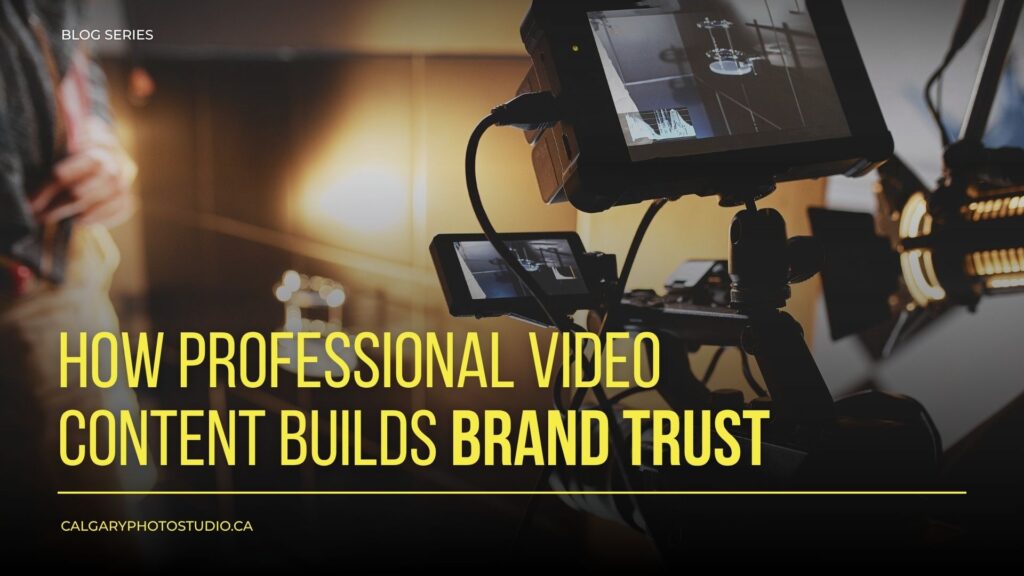Event Videography With Multiple Cameras
Event videography has evolved significantly over the years. The demand for high-quality visuals has led to innovative filming techniques, one of which is the use of multiple cameras. This approach is crucial for several reasons, each contributing to an enhanced viewing experience.
Comprehensive Coverage
One of the primary advantages of using multiple cameras in event videography is the ability to capture comprehensive coverage. In a concert, for instance, a single camera might miss crucial moments, such as the drummer’s intense solo or the audience’s ecstatic reactions. Multiple cameras ensure that every angle and every moment is captured, providing a complete and immersive viewing experience.
Comprehensive coverage is not just about capturing all moments but also about capturing them in context. For instance, while a single camera might focus on the lead singer, additional cameras can capture the band’s interactions, the audience’s reactions, and the overall ambiance of the venue. This multi-angle approach allows for a richer narrative, showcasing the event in its entirety.
Moreover, having multiple cameras enables the videographer to focus on key aspects simultaneously. In a wedding, for example, while one camera can focus on the vows, another can capture the emotional reactions of the guests. This layered storytelling is what turns raw footage into a compelling story.

Dynamic Angles and Perspectives
When it comes to event photography and videography, variety is key. Multiple cameras allow for dynamic angles and perspectives that keep the audience engaged. Imagine watching a corporate event where the camera seamlessly transitions from a wide shot of the stage to a close-up of the speaker’s expressions, then to the audience’s reactions. This dynamic approach not only enhances the viewing experience but also adds a layer of professionalism to the video production.
The ability to switch between different perspectives can dramatically change the narrative tone of the event. For instance, cutting from a wide-angle shot of a bustling conference hall to a close-up of an engaged speaker can heighten the sense of excitement and focus. This variety in angles also allows editors to match the energy and pace of the event, making the final product more engaging.
Additionally, diverse angles can help in highlighting specific details that might otherwise be overlooked. Whether it’s the intricate decorations at a gala or the subtle gestures of a speaker, these details contribute significantly to the storytelling aspect of the video.
The strategic use of close-ups, wide shots, and medium shots can paint a comprehensive picture of the event.

Redundancy and Reliability
Technical glitches can happen at any time. A camera might malfunction, a battery might die, or a memory card might get corrupted. By employing multiple cameras, you build redundancy into your setup. If one camera fails, you have others to rely on, ensuring that the event is still captured in its entirety. This reliability is particularly crucial in high-stakes events where there are no second takes.
Redundancy is not just about having backup equipment; it’s about peace of mind for both the videographer and the client. Knowing that there are multiple cameras capturing the event means that the risk of missing critical moments is minimized. This assurance is invaluable, especially in events where every second counts, such as live performances or keynote speeches.
Moreover, redundancy enables more creative freedom. Videographers can experiment with bold angles or unconventional shots without the fear of missing out on essential footage.
This safety net encourages innovation, leading to more visually captivating results.

Choosing the Right Cameras for Your Setup
Selecting the appropriate cameras for your event videography setup is a crucial step in ensuring high-quality footage.
The right equipment can make a significant difference in the final product, impacting everything from image clarity to creative flexibility.
Primary Camera
Your primary camera should be of the highest quality you can afford. This camera will capture the main shots and should have excellent resolution, frame rate, and low-light performance. For those looking for a “videographer near me,” it’s essential to choose someone who uses top-tier equipment to ensure the best results.
When selecting a primary camera, consider its versatility. A camera with interchangeable lenses allows for greater flexibility in capturing different scenes, whether it’s a wide-angle shot of a large audience or a close-up of a speaker. Additionally, features like image stabilization and manual controls can significantly enhance the quality of your footage, especially in dynamic environments.
Investing in a high-quality primary camera also means considering its compatibility with other filming accessories.
Ensure that your camera can work seamlessly with tripods, gimbals, and external microphones, as these tools can enhance the overall production value of your event videography.
Secondary Cameras
Secondary cameras are used to capture additional angles and perspectives. These don’t necessarily need to be as high-end as the primary camera but should still offer good quality. Secondary cameras can be strategically placed around the venue to capture different aspects of the event, such as close-ups of performers, audience reactions, or unique vantage points.
When choosing secondary cameras, portability and ease of use are key factors. Compact and lightweight cameras can be easily positioned in tight spaces or moved quickly to capture spontaneous moments. Additionally, secondary cameras with wireless capabilities can offer greater flexibility in positioning, allowing for more creative shot compositions.
Secondary cameras should also have decent battery life and storage capacity, especially for longer events. Ensuring these cameras can operate continuously without frequent interruptions will help maintain the flow of your footage, resulting in a more cohesive final product.
Action Cameras and Drones
For added dynamism, consider using action cameras or drones. Action cameras can be placed in unconventional spots, such as on a musician’s instrument or on the stage floor, to capture unique angles. Drones can provide stunning aerial shots, especially for outdoor events, adding a cinematic touch to your videography.
Action cameras are excellent for capturing high-energy moments due to their robust build and wide-angle lenses. They can be mounted almost anywhere, offering perspectives that traditional cameras cannot achieve. This versatility makes them ideal for capturing the vibrancy and spontaneity of live events.
Drones, on the other hand, offer a bird’s-eye view that can transform the narrative of your video. Aerial shots can highlight the scale and grandeur of an outdoor event, providing context that ground-level shots cannot. However, it’s important to be mindful of local regulations and safety protocols when using drones, ensuring that their use enhances rather than disrupts the event.
Camera Techniques for Event Videography
Mastering various camera techniques is essential for producing high-quality event videography. These techniques can dramatically impact the visual storytelling of your footage, making your final product more engaging and professional.
Panning and Tilting
Panning and tilting are fundamental techniques in event videography. Panning involves moving the camera horizontally from one side to another, while tilting involves moving it vertically. These techniques are essential for following movement, such as a speaker walking across the stage or a performer moving around. When done smoothly, panning and tilting can add a dynamic element to the video, making it more engaging.
Smooth panning and tilting require a steady hand or the use of stabilization equipment like tripods or gimbals. Practicing these movements before the event can help ensure that transitions are fluid and natural. Additionally, these techniques can be used to guide the viewer’s attention, creating a sense of anticipation as the camera reveals new elements of the scene.
The speed of your panning and tilting also plays a crucial role in setting the tone of your footage. Slow movements can convey a sense of calm and elegance, while faster movements can heighten excitement and energy. Adjusting these speeds to match the mood of the event will enhance the overall impact of your video.
Zooming
Zooming in and out can help highlight important details or provide a broader context. However, it should be used sparingly and smoothly to avoid jarring the viewer. A sudden, rapid zoom can be distracting and take away from the professionalism of the video.
When employing zooming techniques, consider the purpose of each zoom. Zooming in can draw focus to a speaker’s expression or a significant detail, adding depth to the narrative. Conversely, zooming out can reveal the broader setting, providing context and enhancing the storytelling aspect of the footage.
Smooth zooming requires practice and precision. Using a camera with a smooth zoom lens or a motorized zoom feature can help achieve professional results. Additionally, planning your zooms in advance can ensure that they are purposeful and aligned with the event’s narrative flow.
Cutting and Transitioning
With multiple cameras, you have the advantage of cutting between different angles and perspectives. This technique is particularly effective in concert photography and videography, where quick cuts can match the energy and rhythm of the performance. Transitioning between shots should be seamless and purposeful, enhancing the storytelling aspect of the video.
When planning cuts and transitions, consider the pacing of the event and the emotions you wish to convey. Quick cuts can create a sense of urgency and excitement, while longer shots can allow for more reflection and immersion. Balancing these elements will help maintain viewer engagement and enhance the overall narrative.
Transitions should feel natural and unobtrusive. Techniques such as fade-ins, fade-outs, and cross-dissolves can help smooth the transition between shots. Additionally, aligning transitions with audio cues or changes in the event can enhance their impact, making the final video more cohesive and polished.
Planning and Coordination
Effective event videography requires meticulous planning and coordination. Ensuring that all elements align seamlessly can significantly impact the quality of the final product, making pre-event preparation crucial.
Pre-Event Planning
Effective event videography requires meticulous planning. Before the event, scout the venue to determine the best camera positions. Consider factors such as lighting, sightlines, and potential obstructions. Create a detailed plan outlining where each camera will be placed, what angles they will capture, and who will operate them. This pre-event planning is crucial for ensuring smooth execution on the day of the event.
In addition to scouting the venue, consider the event’s schedule and key moments. Understanding the flow of the event will help in positioning cameras strategically to capture important scenes. This foresight ensures that no critical moments are missed and that the final video tells a compelling story.
Creating a shot list can be a valuable tool in pre-event planning. This list should outline the specific shots you aim to capture, serving as a reference for camera operators.
A well-prepared shot list ensures that all team members are aligned and that the event is documented comprehensively.
Pre-Event Planning
Effective event videography requires meticulous planning. Before the event, scout the venue to determine the best camera positions. Consider factors such as lighting, sightlines, and potential obstructions. Create a detailed plan outlining where each camera will be placed, what angles they will capture, and who will operate them. This pre-event planning is crucial for ensuring smooth execution on the day of the event.
In addition to scouting the venue, consider the event’s schedule and key moments. Understanding the flow of the event will help in positioning cameras strategically to capture important scenes. This foresight ensures that no critical moments are missed and that the final video tells a compelling story.
Creating a shot list can be a valuable tool in pre-event planning. This list should outline the specific shots you aim to capture, serving as a reference for camera operators. A well-prepared shot list ensures that all team members are aligned and that the event is documented comprehensively.
Communication and Team Coordination
Clear communication and coordination among the videography team are essential. Each camera operator should know their role and responsibilities. Establish a communication system, such as headsets or walkie-talkies, to stay in constant contact during the event. This ensures that everyone is on the same page and can make real-time adjustments as needed.
Effective communication also involves regular briefings before and during the event. Discussing the plan, potential challenges, and contingency measures will help the team stay prepared and responsive. This proactive approach minimizes the risk of miscommunication and ensures that the team operates efficiently.
Fostering a collaborative environment is crucial for team coordination. Encouraging open dialogue and feedback allows team members to share insights and suggestions, leading to improved strategies and outcomes. A cohesive team is more adaptable and better equipped to handle unexpected situations.
Rehearsals
Effective event videography requires meticulous planning. Before the event, scout the venue to determine the best camera positions. Consider factors such as lighting, sightlines, and potential obstructions. Create a detailed plan outlining where each camera will be placed, what angles they will capture, and who will operate them. This pre-event planning is crucial for ensuring smooth execution on the day of the event.
In addition to scouting the venue, consider the event’s schedule and key moments. Understanding the flow of the event will help in positioning cameras strategically to capture important scenes. This foresight ensures that no critical moments are missed and that the final video tells a compelling story.
Creating a shot list can be a valuable tool in pre-event planning. This list should outline the specific shots you aim to capture, serving as a reference for camera operators. A well-prepared shot list ensures that all team members are aligned and that the event is documented comprehensively.
Post-Production: Bringing It All Together
The post-production phase is where the raw footage is transformed into a polished, engaging video. This process involves editing, synchronizing footage, and enhancing audio to create a cohesive final product.
Editing
The magic of multiple-camera event videography truly comes to life in post-production. Editing is where you can cut between different angles, add transitions, and incorporate special effects to create a polished final product. Use professional editing software to ensure the highest quality output.
During editing, focus on crafting a narrative that aligns with the event’s theme and purpose. Thoughtfully selecting and arranging clips can enhance the storytelling aspect, creating an emotional connection with the audience. Balancing visual and audio elements is key to maintaining viewer engagement.
Professional editing software offers a range of tools and features that can elevate the quality of your video. From color correction and audio enhancements to special effects and motion graphics, these tools provide creative flexibility. Investing time in mastering these features can significantly enhance the final product.
Synchronizing Footage
Synchronizing footage from multiple cameras can be challenging but is essential for a cohesive final video. Use timecode syncing or audio cues to align the footage accurately. This ensures that cuts between different angles are seamless and that the video flows smoothly.
Accurate synchronization is crucial for maintaining continuity and coherence in the final video. Misaligned footage can be jarring and disrupt the viewer’s immersion. Utilizing software with robust synchronization capabilities can streamline this process, ensuring precise alignment.
Incorporating timecode or audio markers during filming can simplify synchronization in post-production. These markers provide reference points for aligning footage, reducing the complexity and time required for editing. Efficient synchronization is a foundation for a polished and professional final product.
Adding Audio
High-quality audio is just as important as high-quality video. Use external microphones and audio recording devices to capture clear sound. In post-production, synchronize the audio with the video and make any necessary adjustments to ensure that the audio levels are consistent and clear.
Investing in high-quality audio equipment can significantly enhance the viewer’s experience. External microphones, such as lavalier or shotgun microphones, can capture crisp and clear sound, reducing background noise and echo. Prioritizing audio quality ensures that the video’s message is communicated effectively.
During post-production, pay attention to audio levels and clarity. Balancing audio levels, removing background noise, and enhancing speech clarity are essential steps in creating a professional final product. Seamlessly integrating audio with visuals ensures a cohesive and impactful viewing experience.
Videography Near Me
Event videography with multiple cameras offers numerous advantages, from comprehensive coverage and dynamic angles to redundancy and reliability. By choosing the right cameras, employing effective techniques, and coordinating meticulously, you can create professional, engaging, and memorable videos that capture the essence of any event.
Whether you’re looking for a “Calgary videographer” or a specialist in “corporate videography,” understanding and implementing multiple-camera setups can elevate your videography to new heights. So, the next time you plan to capture an event, consider the benefits of using multiple cameras and take your videography skills to the next level.
By embracing the power of multiple cameras, you open the door to endless creative possibilities. This approach not only enhances the technical quality of your videos but also enriches the storytelling aspect, resulting in captivating and memorable footage. As you refine your skills and experiment with different techniques, you’ll find that multi-camera setups become an indispensable tool in your videography arsenal.





